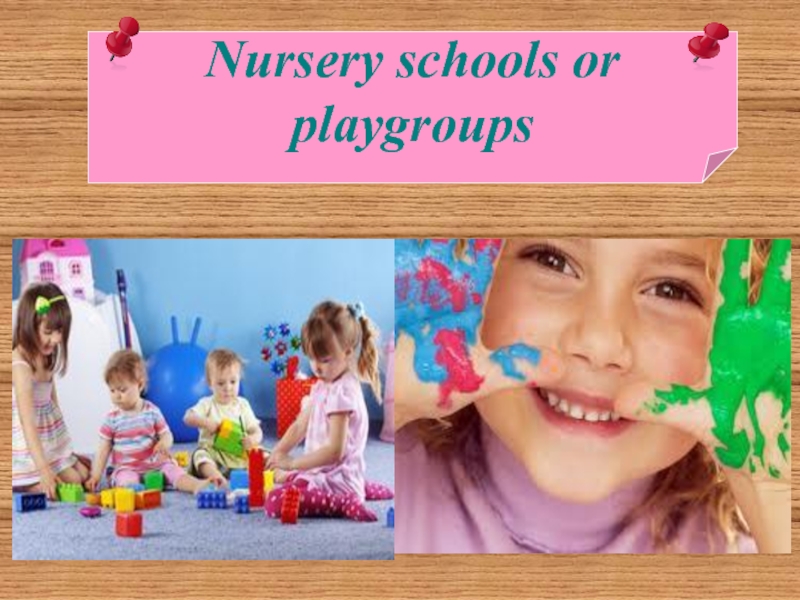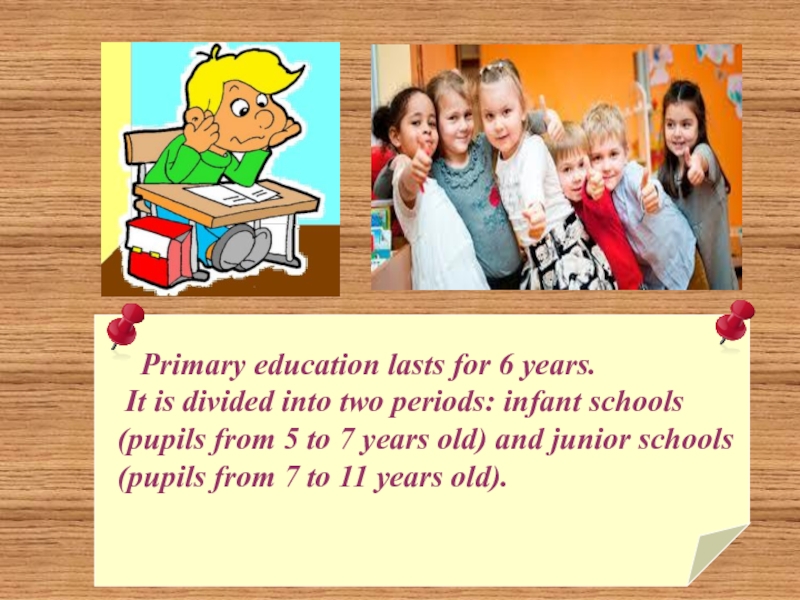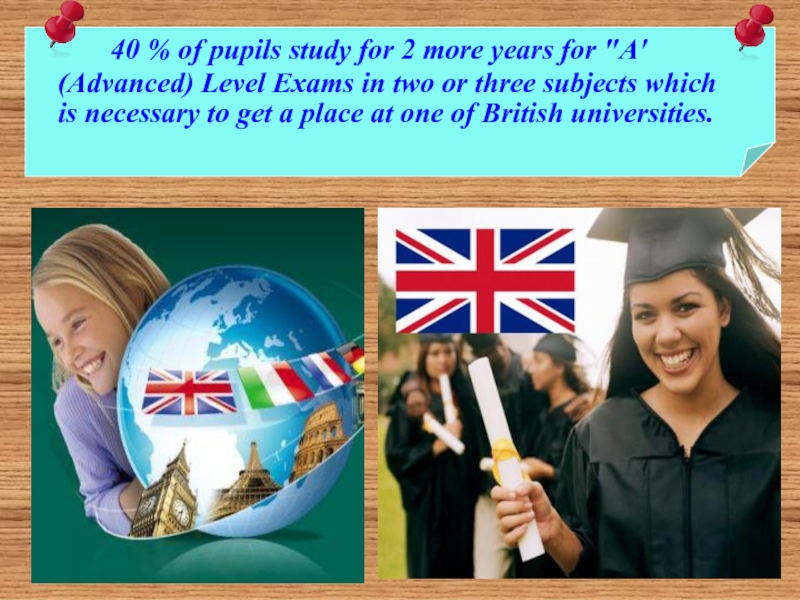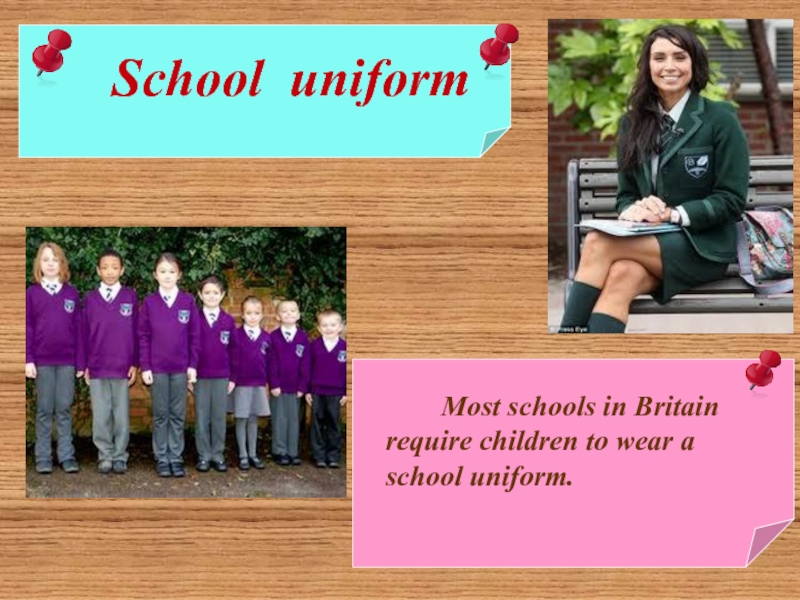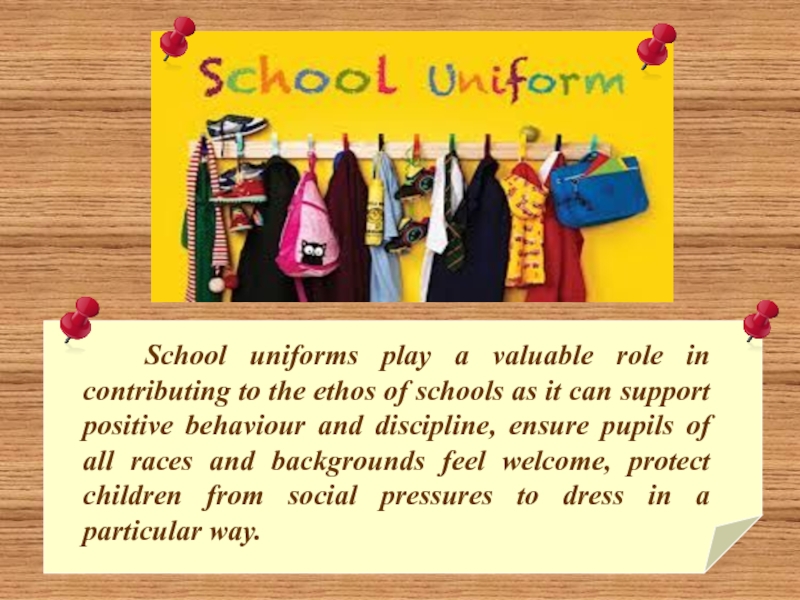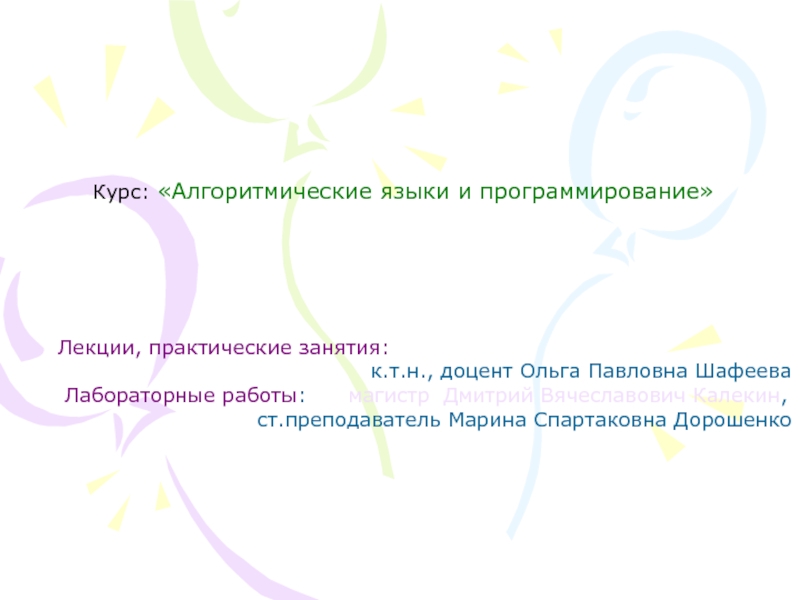Разделы презентаций
- Разное
- Английский язык
- Астрономия
- Алгебра
- Биология
- География
- Геометрия
- Детские презентации
- Информатика
- История
- Литература
- Математика
- Медицина
- Менеджмент
- Музыка
- МХК
- Немецкий язык
- ОБЖ
- Обществознание
- Окружающий мир
- Педагогика
- Русский язык
- Технология
- Физика
- Философия
- Химия
- Шаблоны, картинки для презентаций
- Экология
- Экономика
- Юриспруденция
Schools in Britain
Содержание
- 1. Schools in Britain
- 2. Education in Great Britain is compulsory and
- 3. Nursery schools or playgroups
- 4. Many British children attend a
- 5. Primary schools
- 6. Primary
- 7. In infant schools children don't
- 8. When pupils are 7, real
- 9. Secondary schools
- 10. Слайд 10
- 11. There are also about 500
- 12. Prince William, the Queen’s grandson sat
- 13. Слайд 13
- 14. Слайд 14
- 15. 40 % of pupils
- 16. Gap yearПункт 3 Young people in
- 17. Universities usually select students basing
- 18. School year The
- 19. School day Pupils usally have five
- 20. There is a long lunch
- 21. Marks A – 90-100 - excellent B
- 22. Most schools
- 23. School uniforms play a valuable
- 24. Sport Sport is important in
- 25. Слайд 25
- 26. What is bad behaviour?• not coming to
- 27. Punishments in UK
- 28. Check yourself1. Education is compulsory between the
- 29. Check yourself
- 30. Слайд 30
- 31. Скачать презентанцию
Education in Great Britain is compulsory and free for all children between the ages of 5 and 16.
Слайды и текст этой презентации
Слайд 2Education in Great Britain is compulsory and free for all
children between the ages of 5 and 16.
Слайд 4 Many British children attend a nursery school from
the age of 3, but it is not compulsory.
In nursery schools they learn some elementary things such as numbers, colours, and letters.Apart from that, babies play, have lunch and sleep there.
Слайд 6
Primary education lasts for
6 years.
It is divided into two periods: infant
schools (pupils from 5 to 7 years old) and junior schools
(pupils from 7 to 11 years old).
Слайд 7 In infant schools children don't have real classes.
They mostly play and learn through playing.
It is the time when children just get acquainted with the classroom, the blackboard, desks and the teacher.
Слайд 8 When pupils are 7, real studying begins.
They do a lot of things in class.
40%
of time — English15% - Physical Education
12% - Art and Technology
They also do Mathematics, Geography and History.
Слайд 10
After six
years of primary education children take exams in core subjects
and go to a secondary school.Compulsory secondary education begins when children are 11 or 12 and lasts for 5 years.
Most children go to state comprehensive schools. Parents do not pay for their education. It is free.
Слайд 11 There are also about 500 private schools in
Great Britain. Most of these schools are boarding ones, where
children live as well as study. Education in such schools is very expensive, that's why only 5 per cent of schoolchildren attend them.The most famous British private schools are Eton, Harrow and Winchester.
Слайд 12 Prince William, the Queen’s grandson sat for the entrance
exam to Eton College and was admitted. There
he studied geography, biology and history of art at A-Level, obtaining an A in geography, a C in biology and a B in history of art.Слайд 13
Secondary school children study
English, Mathematics,Science, History, Art, Geography, Music, a Foreign
language and have lessons of Physical training. Religious
education is also provided. English, Mathematics and
Science are called "core" subjects.
At the age of 7, 11 and 14 pupils take examinations
in the core subjects.
Слайд 14
GCSE (General Certificate of Secondary Education)
examination.
60 % of children leave school and go to colleges
for further education.
Слайд 15 40 % of pupils study for 2
more years for "A' (Advanced) Level Exams in two or
three subjects which is necessary to get a place at one of British universities.Слайд 16Gap year
Пункт 3
Young people in Britain usually take
a gap year when they are about eighteen years old,
before going to university. Most of young people use this year for travelling.Слайд 17 Universities usually select students basing on their A-level
results and an interview.
The best universities are The University
of Oxford, The University of Cambridge, London School of Economics, London Imperial College, London University College.Слайд 18School year
The school year begins
in September. It never begins
on Monday. The English
don't think it is good to start a new thing on Monday, so school usually begins on the
first Tuesday of September.
There are three terms in a school year. When the term
is over, schoolchildren have holidays:
Christmas holidays - 2 weeks
Easter holidays — 2 weeks
Summer holidays — 6 weeks
Слайд 19School day
Pupils usally have five lessons five days
a week.
At four o'clock classes are usually over
and pupils go home. Schools offer after school activities such as sports club (swimming, football, netball, etc.) ITC (Information Technology) classes, book clubs, art clubs, drama and music.
Слайд 20 There is a long lunch break in the
afternoon after the third lesson.
Most children bring their
own packed lunch from home. A packed lunch usually consists of sandwiches, fruit, a drink and a packet of crisps. Слайд 21Marks
A – 90-100 - excellent
B – 80-89
- good
C – 70-79 - satisfactory
D
– 60-69 - badE – 0-59 - poor
Sometimes «+» (plus) and «-» (minus) are added.
Слайд 23 School uniforms play a valuable role in contributing
to the ethos of schools as it can support positive
behaviour and discipline, ensure pupils of all races and backgrounds feel welcome, protect children from social pressures to dress in a particular way.Слайд 24 Sport
Sport is important in British schools.
Sports
culture is very strong in private schools in the United
Kingdom.The most popular sports are football, basketball, cricket, tennis, rugby.
Слайд 26What is bad behaviour?
• not coming to school without permission
from parents
• smoking, swearing, hitting
• not doing homework
• cheating in
exams • calling a teacher or another pupil bad names (bullying)
• not listening or not paying attention in lessons
• wearing unsuitable clothes for school
Слайд 27 Punishments in UK schools:
• Exclusion: a
pupil is excluded from the school and cannot come back.
• Suspension: pupil cannot enter the building or attend lessons until the school has a meeting about his case.
• Detention. This means he or she is asked to stay at school at the end of the school day.
• Lines: a pupil has to write a sentence many times (100 times) on a sheet of paper.
Слайд 28Check yourself
1. Education is compulsory between the ages:
a) 4 and 15 b) 5 and
16 c) 5 and 182. Prince William went to:
a) Eton b) Harrow c) Winchester
3. Boarding school means that:
a) It is abroad b) Students live there c) There are only boys there.
4. Core subjects in secondary schools are:
a) English, History, Art b) Art, Technology, PE c) English, Maths, Science.
5. There are … terms in a school year:
a) 3 b) 4 c) 5


